Cloud computing has experienced an enormous upswing in recent years. Private individuals and especially companies are increasingly taking advantage of the various cloud systems to store and manage their data and applications. Despite all the progress, some people are taking a critical view of the development, which is particularly related to concerns about security and data protection in the cloud. Accordingly, it is precisely this cloud security and data protection that also raises very important questions that should be answered. In this article, we will look at the basics of cyber security in the cloud and data protection in cloud computing and find out why they are crucial for businesses.
Inhaltsverzeichnis
What is cloud security?
The term cloud security refers to the measures taken to ensure the Confidentiality, integrity and availability of data and applications in the cloud to ensure. It covers both the physical and logical security of the cloud infrastructure. Cloud security deals with threat identification and protection, access control, encryption, monitoring and security auditing of cloud resources.

Cloud computing offers numerous advantages and functions for operational processes. Read all the relevant information about this technology in our introductory article:
Security measures in the cloud
Cyber security in the Cloud encompasses a variety of different functions and areas in the Cloud architecture, which serve to secure the data. These include:
- Access control: Implementing user identities, authentication and authorisation ensures that, optimally, only authorised persons can access the data in the cloud.
- Encryption: Data is encrypted to protect it from unauthorised access. This includes both data transmission and data storage in the cloud.
- Safety monitoring: Continuous monitoring of cloud infrastructure and activities identifies and responds to potential security incidents.
- Incident Response: In the event of a security incident, appropriate measures are taken to limit the damage and restore security.

Cloud computing enables companies to use their IT resources more flexibly and cost-efficiently. The cloud architecture and infrastructure play a central role in this. Find out which aspects you need to pay attention to in our blog post:
Cloud Computing - Architecture & Infrastructure: Compactly explained
Risks when using a cloud
There are several risks to consider when storing data in the cloud.
Data loss
If there is a cloud infrastructure failure or accidental deletion of data, it can be irretrievably lost. This can lead to significant business impacts, such as the loss of important information, business interruption and potentially legal consequences. It is therefore important to implement appropriate backup mechanisms to prevent data loss and ensure a recovery option.
Data theft
Unauthorised persons can attempt to access sensitive data in the cloud and steal it or misuse it for their own purposes. This can lead to significant financial damage, reputational damage and loss of trust with customers. To minimise the risk of data theft, companies need to implement security measures such as strong access controls, encryption technologies and monitoring mechanisms to detect and respond to suspicious activity at an early stage.
Data protection breaches
There is a possibility that personal data in the cloud is not sufficiently protected and data protection regulations are violated. This can lead to legal consequences, fines and a significant loss of image. Companies must ensure that they comply with data protection requirements by implementing appropriate data protection measures such as data encryption, access controls and data protection agreements with cloud providers.
Compliance risks
Companies need to ensure that they comply with applicable legal and regulatory requirements when using the cloud, which can sometimes be a challenge. There is a risk of compliance breaches, especially when sensitive data is stored and processed in the cloud. Therefore, companies should ensure that they understand the specific compliance requirements and take appropriate measures, such as selecting cloud providers that have certain compliance certifications and offer transparent security and privacy policies.
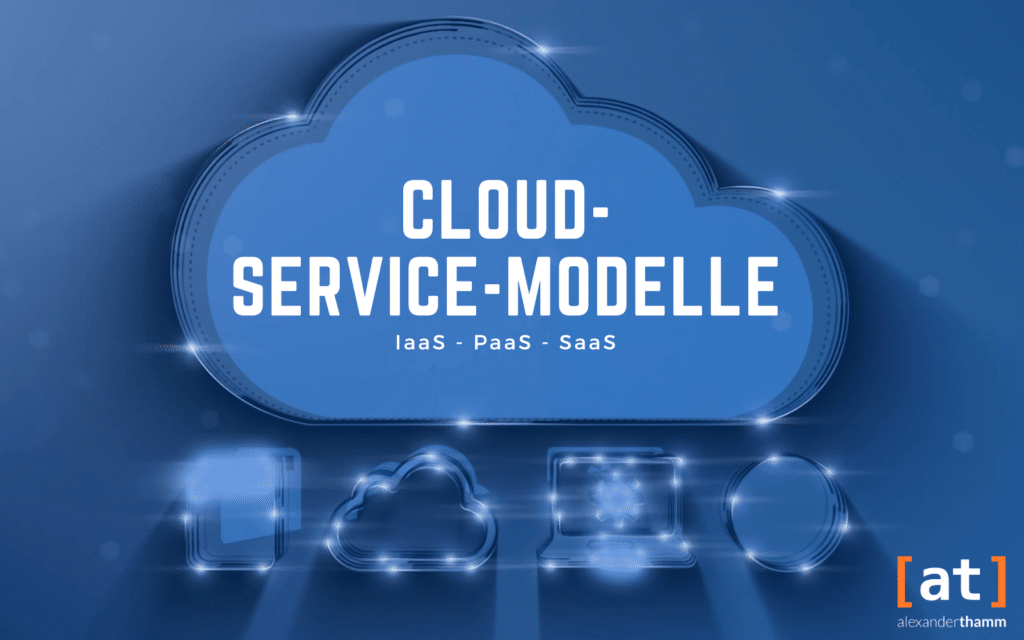
In our article on cloud service models, we inform you about the differences between the three different services - Infrastructure-as-a-Service (IaaS), Platform-as-a-Service (PaaS) and Software-as-a-Service (SaaS) - and the benefits for your company.
Why is cloud security so important for businesses?
Particularly important factors when considering security risks when storing and processing data in the cloud are:
- Protection of corporate data: Appropriate security measures ensure that sensitive company data is protected from unauthorised access. This not only ensures the confidentiality and integrity of the data, but also minimises the risk of financial damage and legal consequences.
- Customer confidenceCustomers trust that their data is stored securely in the cloud. A breach of security can shake customer confidence. By implementing robust cloud security measures, companies can increase customer trust and loyalty and build long-term business relationships.
- ComplianceMany industries and countries have specific compliance requirements that must be met. Cloud security helps companies comply with these requirements and avoid potential penalties or legal consequences. By implementing appropriate security controls and using encrypted data transfers and storage, companies can ensure that they comply with applicable regulations and guarantee the protection of personal data.

Data governance is the hand that controls data volumes, ensures security standards and makes sure that not every available flood of data ends up in your projects. Dive deeper into this concept in our article.
Data Governance: Fundamentals, Challenges and Solutions in Data Management
Cloud computing and data protection
Data security and Data protection are closely linked and play a crucial role in the use of the cloud. Data security refers to the protection of data against unauthorised access, loss or damage, while data protection includes the protection of personal data against unauthorised processing and misuse.
Especially in the European Union, the Compliance with the General Data Protection Regulation (GDPR) of great importance. The GDPR lays down strict rules and regulations on how personal data must be processed and protected. Companies that use data protection in the Cloud computing want to operate appropriately must ensure that they comply with these regulations in order to avoid heavy fines and legal consequences.
To ensure data protection in the cloud, companies should take various measures. Firstly, it is important clear and legally valid data processing agreements with the cloud providers conclude agreements. These agreements should define the responsibilities and obligations of the parties with regard to the protection of personal data.
Furthermore, companies should take into account the Data economy principle note. This means that only necessary data should be stored in the cloud. It is important to avoid excessive collection and storage of personal data to reduce the risk of data breaches. If unnecessary data has been inadvertently stored, it should be deleted immediately to ensure compliance with data protection regulations.
In addition, companies should Develop clear data protection guidelines and implement policies that ensure that appropriate security measures are taken to ensure the confidentiality, integrity and availability of data stored in the cloud. These policies should govern the handling of personal data and ensure that employees are trained on their responsibilities when dealing with sensitive data.

Data security and data protection are central functions for securing operational data and value chains. Protect yourself in the best possible way and get comprehensive advice on this topic:
Data security - the most important basics on the topic of data security
How do I protect my data in the cloud?
There are several steps to protect data in the cloud:
- Data classification: Classify your data according to its sensitivity and importance in order to apply security measures in a targeted manner. Classification allows you to adapt protective measures to the specific requirements of the different categories of data and ensure that particularly sensitive data receives increased protection. This allows you to use your resources and investments more efficiently and ensure that your most valuable data is adequately protected.
- Access control: Limit access to your data and grant it only to authorised persons. This can be done by implementing user accounts, access rights and authentication mechanisms. By limiting access to your data to authorised users, you minimise the risk of unauthorised attacks and increase the cloud security of your data. In addition, you can manage access permissions granularly and ensure that each user can only access the data relevant to them to ensure the true confidentiality and integrity of the information.
- Encryption: Encrypt your data during transmission and storage to protect it from unauthorised access. By using encryption technologies, you can ensure that even if data falls into the wrong hands, it remains unreadable to unauthorised persons. Appropriate encryption mechanisms should be used both during transmission over the internet and during storage in the cloud.
- Regular safety checks: Conduct regular security audits and tests to identify and address vulnerabilities. Through regular audits, you can identify potential security gaps and vulnerabilities in your Cloud infrastructure uncover at an early stage. These reviews include penetration tests, security audits and configuration reviews to ensure that your systems and data are fully protected. By identifying and remediating vulnerabilities, you can minimise the risk of security incidents and continuously improve the security of your cloud environment.
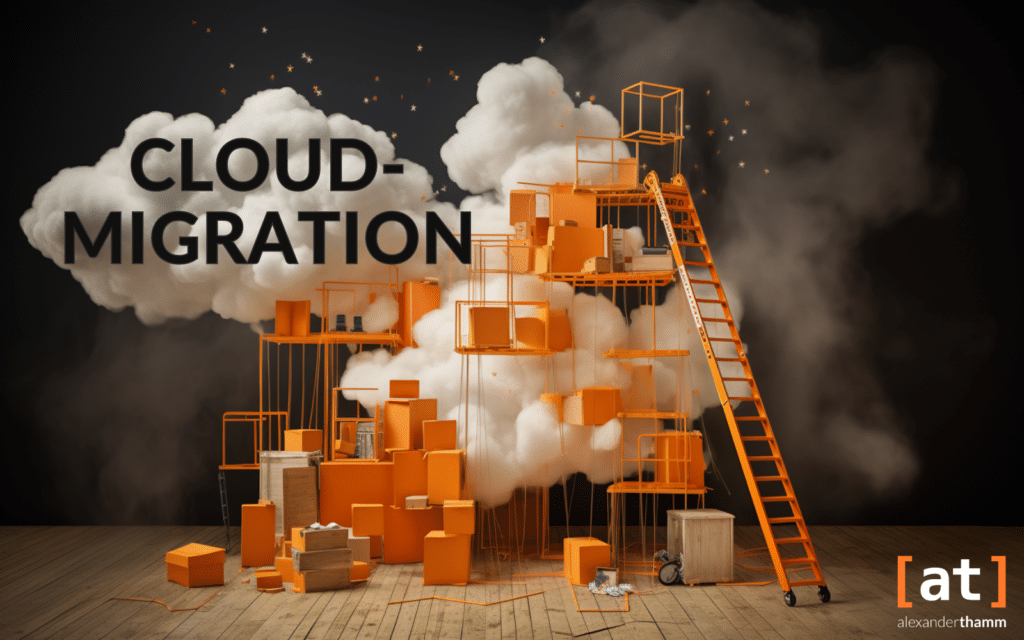
Discover how cloud migration transforms your business, maximises benefits and minimises risks - your guide to a more efficient organisation:
What is Cloud Security Posture Management?
Cloud Security Posture Management (CSPM) refers to the continuous monitoring and assessment of the security posture in the cloud. CSPM tools help companies implement security policies and best practices, identify vulnerabilities and minimise risks. They also support compliance requirements and provide automated security audits and reporting.
What is a cloud-native security platform?
A cloud-native security platform is a security solution developed specifically for the cloud. It offers integrated security functions for cloud environments and enables central management and monitoring of security. Such a platform offers functions such as identity and access management, encryption, threat detection and defence, and continuous monitoring.
Further cloud security services
- AWS CloudTrail: A service from Amazon Web Services (AWS) that provides monitoring and logging of API calls enables to track and audit security events. Through detailed logging of activities in the AWS cloud, CloudTrail enables comprehensive transparency and traceability of actions to identify and respond to potential security breaches and unauthorised access at an early stage. In addition, the logged data can be used for forensic analysis and compliance requirements.
- Microsoft Azure Security Center: A Microsoft Azure platform that provides comprehensive security monitoring, threat detection and compliance management for Azure environments. The Azure Security Center continuously monitors resources and workloads in the Azure cloud, identifies potential security threats and provides recommendations to strengthen security. By integrating security information from multiple sources, the Security Center provides a centralised view and effective management of security in the Azure environment.
- Google Cloud Identity-Aware Proxy: A service from Google Cloud that controls access to cloud resources via secure authentication and authorisation. Identity-Aware Proxy enables granular access controls based on user identities and supports a layered security architecture. Using OAuth 2.0 and the ability to restrict access permissions to specific users or groups, Identity-Aware Proxy provides an additional layer of security for access to Google Cloud resources. It also provides secure authentication via external identity providers such as Google Workspace or Active Directory.
Implement cloud security and data protection measures company-wide
Cloud security and data protection are essential aspects when using the cloud. Companies need to implement adequate security measures to protect their data from threats and to meet compliance requirements. Combining data security and data protection not only ensures the protection of sensitive data, but also the trust of customers. With steps such as data classification, access control, encryption and continuous monitoring, organisations can effectively protect their data in the cloud. Additionally, cloud security posture management and cloud-native security platforms provide advanced security features and controls. Various cloud security services such as AWS CloudTrail, Microsoft Azure Security Center and Google Cloud Identity-Aware Proxy complement the security ecosystem and provide additional protection mechanisms for businesses. By handling cloud security and data protection responsibly, companies can effectively protect their data and securely reap the benefits of the cloud.





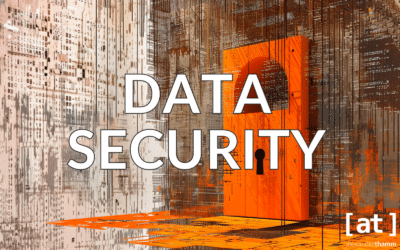
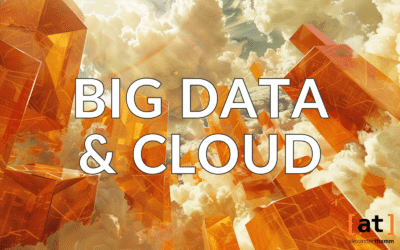

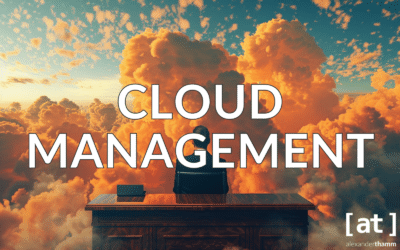


0 Kommentare